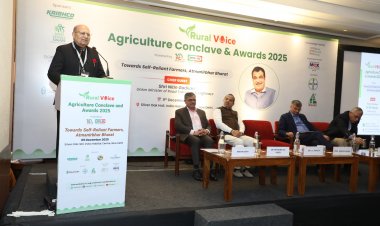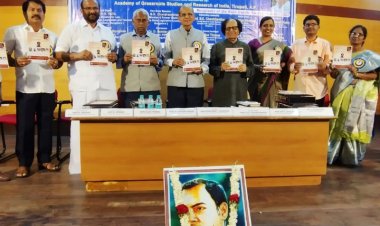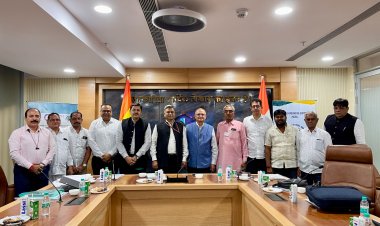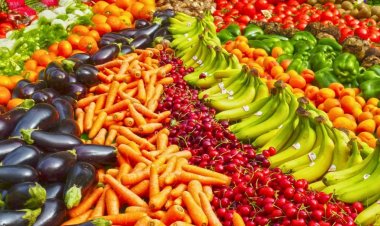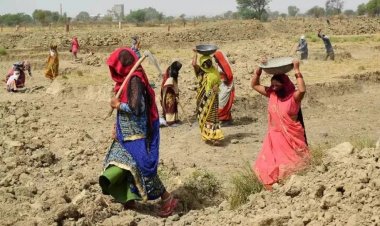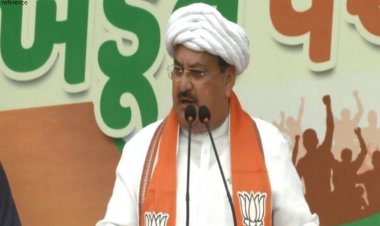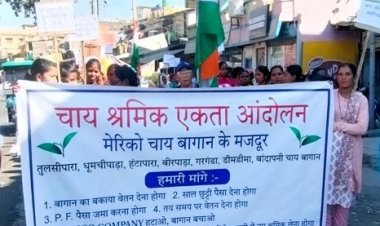India’s GDP growth estimate in 2022-23 to slip to 7pc, agri sector to see marginal rise
But, for most farmers, relevant growth rates of aggregate output are not the same as the growth rate of the whole farm sector. Currently, agriculture has become unviable and even its share in the country's GDP is declining by 1 per cent per year even as a large percentage of the population is still dependent on this sector for their livelihood.
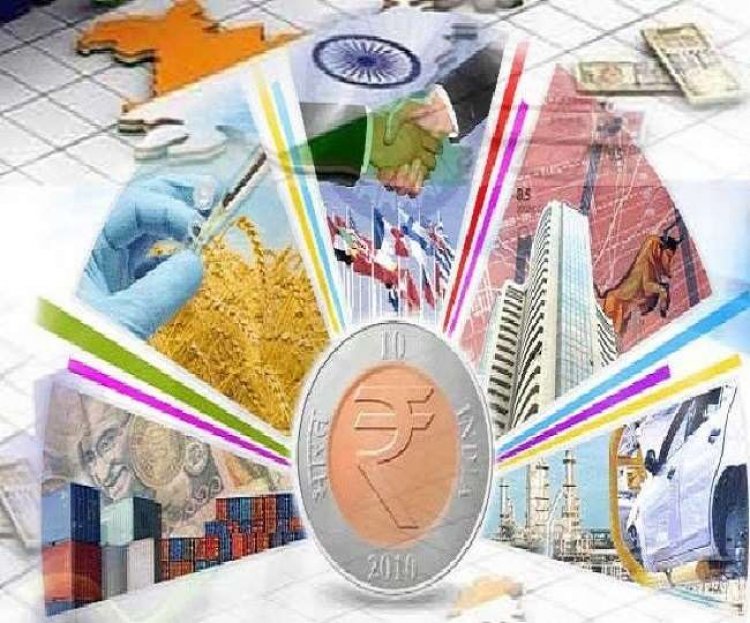
The First Advance GDP estimate released by the National Statistical Office (NSO) has pegged India’s growth at 7 per cent for FY23. The 7 per cent projected in the first official estimate released by the Statistics Ministry compares with 8.7 per cent gross domestic product (GDP) growth in 2021-22, thus setting the stage for the country losing the fastest-growing major economy tag.
The agriculture sector is projected to see a growth of 3.5 per cent in FY23, higher than the 3 per cent expansion recorded in the previous financial year. But, for most farmers, relevant growth rates of aggregate output are not the same as the growth rate of the whole farm sector. Currently, agriculture has become unviable and even its share in the country's GDP is declining by 1 per cent per year even as a large percentage of the population is still dependent on this sector for their livelihood.
Sharing this view, Prime Minister's Economic Advisory Council's (PMEAC) Chairman Bibek Debroy said that farm reforms in India had been pending even today, while neighbouring China implemented them way back in 1978. The reforms undertaken in India in 1991 pertained to external factors and industrial liberalization, but were not related to agriculture, he pointed out. By 2050, the UN expects India will have 1.6bn residents and China 1.3bn.
In fact, India’s FY24 nominal GDP growth could be the lowest in 50 years – compared to any year between the early Seventies and 2018-19 pre-Covid year.
The NSO data shows that the trade, hotel, transport, communication and services related to the broadcasting segment is estimated to grow at 13.7 per cent, up from 11.1 per cent in 2021-22. The financial, real estate and professional services segment is projected to grow at 6.4 per cent in the current fiscal, up from 4.2 per cent in 2021-22.
The nominal GDP growth for FY23 is estimated at 15.4 per cent versus 19.5 per cent in the previous financial year. Gross Value Added (GVA) estimates have been lowered while the manufacturing sector output has decelerated. GVA is a productivity metric that measures the contribution of a corporate subsidiary, company or municipality to an economy. The NSO has pencilled in a growth rate of just 4.5 per cent for the second half of this fiscal, against 9.7 per cent in the first half, as a favourable base effect wanes and external headwinds mount.
The projections are much lower than the government's earlier forecast of 8-8.5 per cent growth but above the Reserve Bank's projection of 6.8 per cent. If the forecast comes true, India's GDP growth will be lower than Saudi Arabia's expected 7.6 per cent expansion. In fact, India's GDP growth in the July-September quarter at 6.3 per cent was lower than the 8.7 per cent of Saudi Arabia.
The first advance GDP estimates, which are used to work out allocations and other fiscal projections for the next Budget due on February 1, proved to be more optimistic than the actual growth in three out of the last four years. The projections suggest that despite the global headwinds and continued geopolitical uncertainty caused by the Russia-Ukraine conflict, the recovery is on track though there are pressure points. Inflation has been sticky despite a 225-basis-point increase in interest rates since last May, which is likely to moderate demand.
The first advance estimates for 2022-23 factored in discrepancies of Rs 4,06,943 crore, which is nearly double the amount of Rs 2,16,842 crore as per provisional estimates of GDP growth for 2021-22 released on May 31, 2022. The discrepancies were Rs 2,38,638 crore in 2020-21. Discrepancies in the statistical GDP data refer to the difference in national income under the production method and the expenditure method.
As per the first advance estimates of national income, the manufacturing sector output is estimated to decelerate to 1.6 per cent in the current fiscal from 9.9 per cent in 2021-22. Similarly, mining sector growth is estimated at 2.4 per cent in the current fiscal as against 11.5 per cent in 2021-22. Construction sector growth is expected to decelerate to 9.1 per cent from 11.5 per cent a year ago. Similarly, public administration, defence and other services growth is estimated to drop to 7.9 per cent this fiscal from 12.6 per cent in FY22.
"Real GDP or GDP (Gross Domestic Product) at Constant (2011-12) Prices in the year 2022-23 is estimated at Rs 157.60 lakh crore, as against the Provisional Estimate of GDP for the year 2021-22 of Rs 147.36 lakh crore, released on 31st May, 2022," an NSO statement said.
GDP is the total market value of final goods and services produced within a country's borders during a specified period. Final goods are those purchased by the end user, meaning that GDP excludes goods sold for production purposes. GDP includes all goods produced in a country, regardless of whether that country headquarters the companies producing the goods. For example, if a Korean automaker has a plant in the US, the output from that plant counts toward US GDP.
(The author is a New Delhi-based senior journalist, freelance writer, political commentator and public policy analyst.)



 Join the RuralVoice whatsapp group
Join the RuralVoice whatsapp group




















